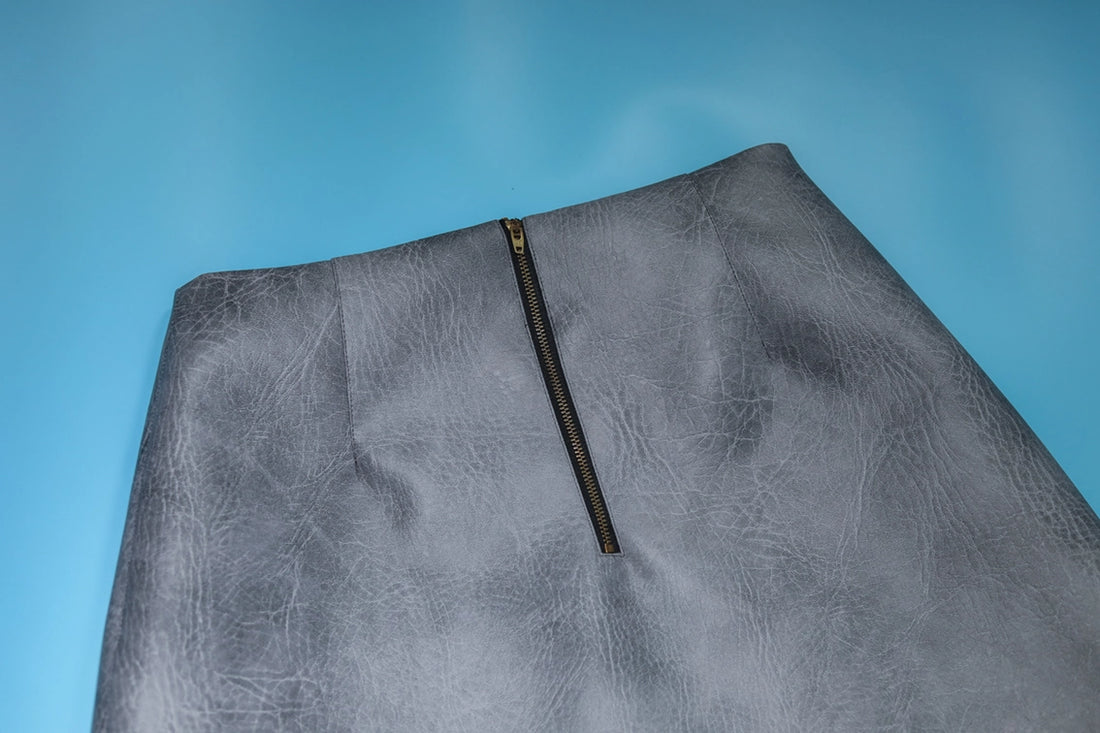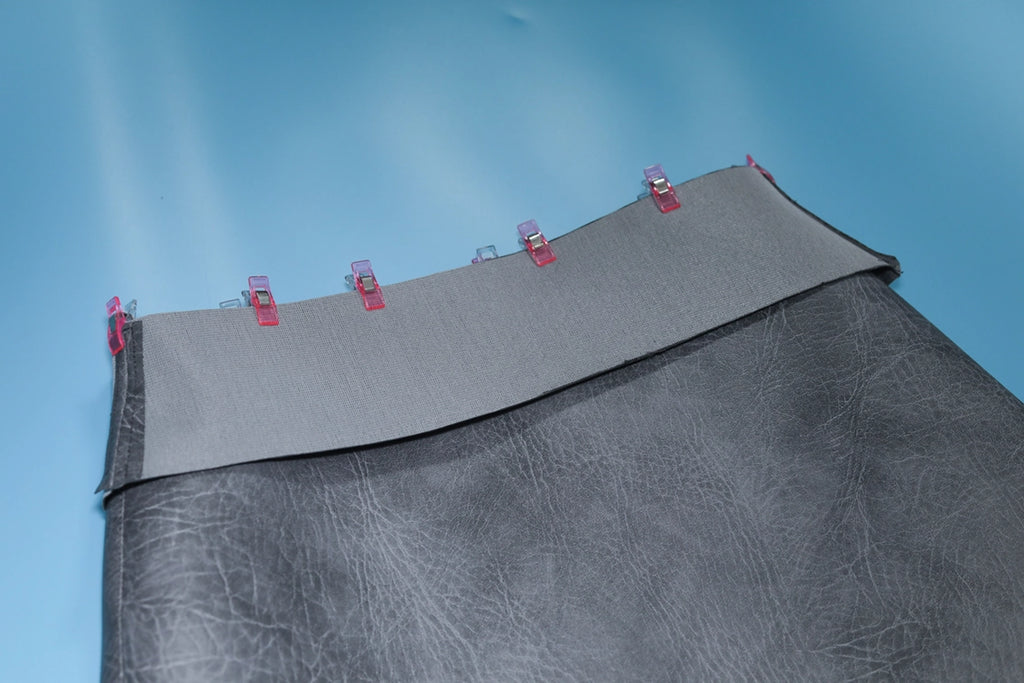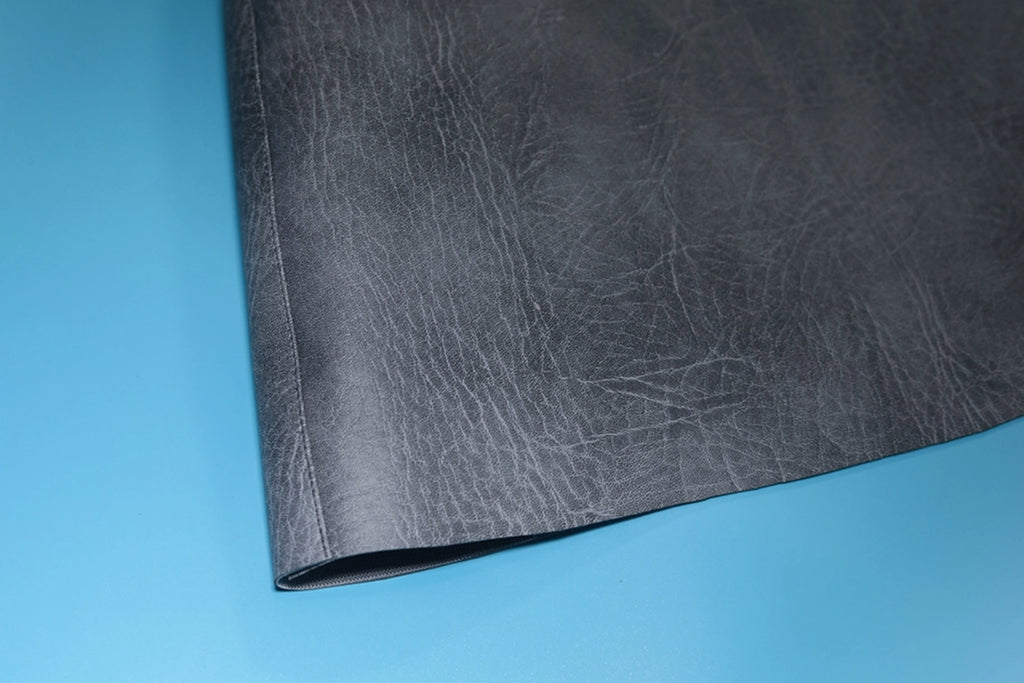
How to Sew Faux Leather
Share
Faux leather is a synthetic fabric also known as vegan leather or pleather and is an alternative to genuine leather. The benefit of using faux leather is that it's much cheaper and can be used by those who don’t want fabrics produced from animals. In this tutorial, Tammy Silver walks us through the tips and tricks to sew the perfect leather project.
Tools you will need:
- Fabric
- Scissors
- Sewing clips
- Leather needles

The number one rule when sewing leather is to never use pins. Pinning a thick fabric like leather is difficult and may cause the pins to break. Also, pinning leather fabric will leave visible holes in the fabric that will still be visible once your project is complete. So, pattern weights will be your friend, as this will allow you to hold the fabric in place while you cut.

The best way to transfer pattern markings such as darts and zipper lines is by using a pencil or erasable fabric marker on the wrong side of the leather. That way the front of your project can remain neat.
Before you start sewing, switch your regular machine needle for a leather sewing needle. These needles are specifically designed to sew leather fabrics because they have the correct sharpness to pierce through thick fabrics. Also, run a few tests on your sewing machine as you might need to adjust the tension settings and stitch length to suit your project.

Sewing leather tends to produce thick seams so to add extra security, top stitching is the perfect technique to use. This also gives your garment a lovely crisp finish.

When placing two seams right sides together, use sewing clips to hold them in place as this is better at handling thicker seams.

If you’re sewing a skirt, like I am here, a great way to finish the waistline is with a facing. A facing is an extra piece of garment that is sewn to a neckline or waistline and turned to the inside to cover the raw edges and give a clean finish.

Similar to top stitching, understitching is another way to maintain a clean finish when sewing faux leather fabric.

A fun fact about faux leather is that this fabric doesn’t fray so there is no need to overlock the raw edges. If you want to leave some aspects of the garment unfinished such as the hem or a skirt or dress, this is possible with leather.

Lastly, a few things to consider before embarking on your faux leather project. Consider the thickness and stretch of your leather as this will affect the final look of your project. Remember, it never hurts to create a toile before sewing the real deal. This will help minimise getting out the dreaded seam ripper to unpick seams.
Author: Tammy Silver
tammysilver.com
IG: @tammy_silver





